Dynamics of Vannamei Shrimp Market and Its Influence on Prices
Vannamei shrimp has become one of the most sought-after seafood commodities in the international market. To date, vannamei shrimp has contributed up to 36% of Indonesia’s total fisheries export commodities.
However, at times, shrimp prices experience uncertain fluctuations caused by varying market demands. This article will further discuss the relationship between market demand and its influence on shrimp price.png) s.
s.
.png) s.
s.
The Relationship Between Market Demand and Shrimp Prices
Fundamentally, shrimp prices depend on the level of market demand. This means that the higher the market demand for a specific shrimp size, the higher its price compared to other sizes.
Conversely, if a particular shrimp size has abundant stock due to a lack of market interest, its price will decrease. This is where the law of supply and demand applies in the vannamei shrimp business.
Price Disparities Among Factories for Specific Sizes
Each factory has its uniqueness in the export market. Generally, each factory operates contracts with exporters that regulate shrimp sales based on specific sizes. These contracts establish requirements that factories must meet.
To fulfil contracts with exporters, factories ensure that the shrimp they produce aligns with demand. For instance, if a factory has a contract to provide a specific shrimp size, they will focus on producing that size to meet market needs.
The existing price variations for each shrimp size reflect market dynamics and competition among factories striving to meet demand. This condition creates a complex dynamic influenced not only by supply and demand factors but also by contractual agreements.
Other Factors Influencing Shrimp Prices
Apart from supply and demand, several other factors affect shrimp prices in the global market, including:
1. Influence of Weather Conditions and Climate Change
Weather changes can directly disrupt vannamei shrimp cultivation; for example, heavy rainwater can disturb the balance of pond water. Drastic changes in pond ecosystems can stress shrimp, making them susceptible to diseases.
When shrimp experience stress, their immune systems can be compromised, leading to increased vulnerability to diseases. When shrimp ponds are affected by diseases, the productivity level decreases, directly impacting prices in the market.
.png)
2. International Trade Policies and Tariffs
In the exportation of vannamei shrimp, inter-country trade policies, including imposed tariffs, import quotas, and international trade agreements, significantly impact prices in the market.
For instance, shrimp-importing countries may impose additional tariffs on exporting countries. This can hinder shrimp producers’ access to specific markets or even reduce the competitiveness of their shrimp products.
Fluctuating trade policies can create market uncertainties that subsequently affect shrimp prices and demand overall. However, it’s important to note that each country typically has its policies.
Cre: DELOS Aqua
Ngày đăng : 30/06/2024
1056 View
Other Articles
Global Shrimp Forum: Global shrimp trade is reshaping
China’s Import Value Up 10%, Vietnamese Shrimp Remains Among Leading Suppliers
After the 7.5-magnitude offshore earthquake in Aomori that injured 34 people, Japan has issued a warning about a potential mega-earthquake
India’s shrimp exports accelerate despite the trade war with the United States
Portuguese food group acquires 18% stake in cod farming company Norcod
Indonesia implements radioactive-free shrimp certification for exports to the United States
India is world’s second-largest shrimp producer. That is now under threat
Ca Mau’s shrimp industry moves towards “green” growth
Floods devastate aquaculture, processing operations in Vietnam
Ecuador Leads Global Shrimp Exports, Surpassing USD 7 Billion in 2025
India's marine product exports rise 16% as new markets offset US dip
Skretting presents the first shrimp feed with insect meal in Vietnam








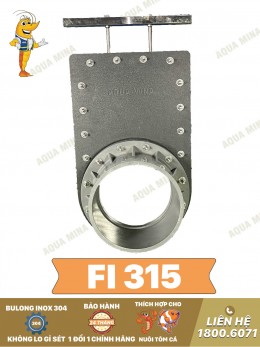
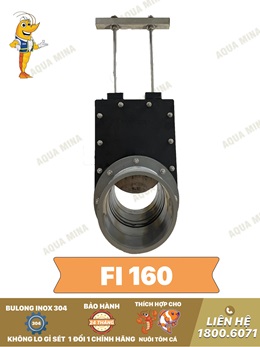


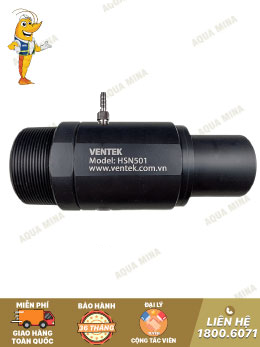
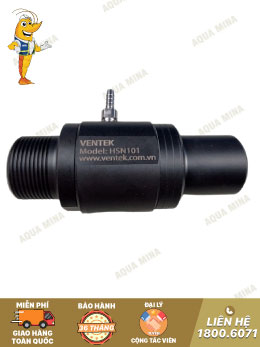

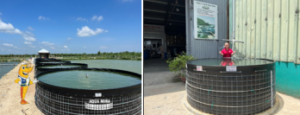
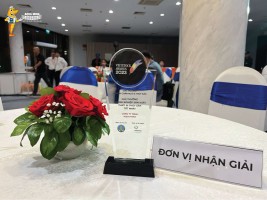


.jpg)